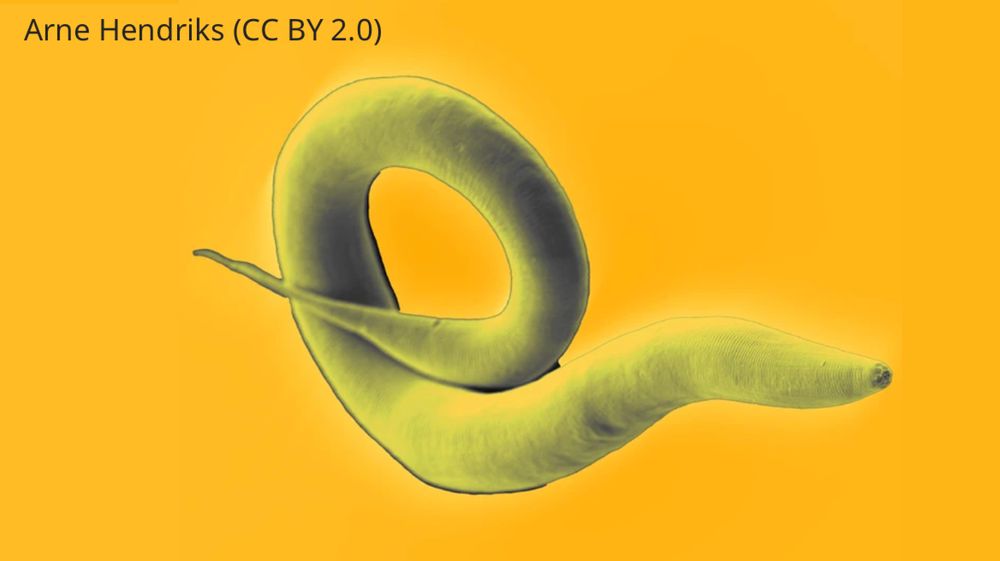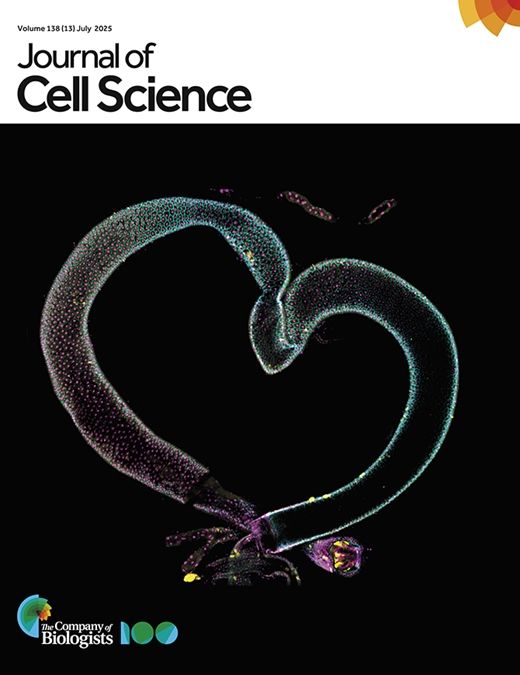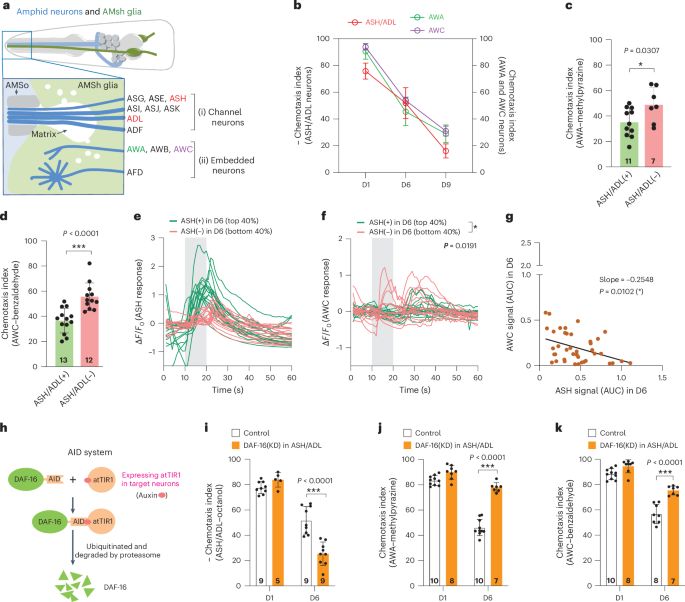Removal of the Ciliary Gate Allows Axoneme Extension in the Absence of Retrograde IFT
www.biorxiv.org/content/10.1...

Removal of the Ciliary Gate Allows Axoneme Extension in the Absence of Retrograde IFT
www.biorxiv.org/content/10.1...
#Mitosis #CellDivision #Spindle

#Mitosis #CellDivision #Spindle



A new study shows dopamine helps the brain forget old memories. Worms lacking dopamine held onto memories longer, suggesting forgetting is an active, dopamine-driven process.
🔗 doi.org/10.1111/jnc.70200
#SciComm 🧪 #Neuroscience #Memory

A new study shows dopamine helps the brain forget old memories. Worms lacking dopamine held onto memories longer, suggesting forgetting is an active, dopamine-driven process.
🔗 doi.org/10.1111/jnc.70200
#SciComm 🧪 #Neuroscience #Memory
www.youtube.com/@Workingwith...

www.youtube.com/@Workingwith...
Which seeds will turn into cures? Unpredictable looking forward, a straight line looking back. 🧪🧬 🧵

Which seeds will turn into cures? Unpredictable looking forward, a straight line looking back. 🧪🧬 🧵
Check out the latest review in #GENETICS where Peter Roy provides insight and perspective into why scientists choose worms for #drugdiscovery. buff.ly/0Xo54vJ

Check out the latest review in #GENETICS where Peter Roy provides insight and perspective into why scientists choose worms for #drugdiscovery. buff.ly/0Xo54vJ
Functional classification of GNAI1 disorder variants in C. elegans uncovers conserved and cell-specific mechanisms of dysfunction
www.biorxiv.org/content/10.1...

Functional classification of GNAI1 disorder variants in C. elegans uncovers conserved and cell-specific mechanisms of dysfunction
www.biorxiv.org/content/10.1...
pathogens - nothing
heat stress - slight improvement
cold stress - huge improvement relative to diploids in survival in adults!
#eseb2025
pathogens - nothing
heat stress - slight improvement
cold stress - huge improvement relative to diploids in survival in adults!
#eseb2025
www.biorxiv.org/content/10.1...

www.biorxiv.org/content/10.1...

Email or DM me to find out more. Please share & repost!

Email or DM me to find out more. Please share & repost!
jobs.lever.co/arcadiascien...
jobs.lever.co/arcadiascien...
March 2027 on beautiful lake Maggiore right outside #Milan, are you ready for #Cilia2027? 🥳
Stay tuned for more info!
March 2027 on beautiful lake Maggiore right outside #Milan, are you ready for #Cilia2027? 🥳
Stay tuned for more info!
www.sciencedirect.com/science/arti...

www.sciencedirect.com/science/arti...

We uncover a novel role for dynamin in regulating spindle pole assembly and PLK-1 localization during late mitosis in C. elegans embryos.
Read it here 👉 www.biorxiv.org/cgi/content/...
#CellBiology #C_elegans #Cytokinesis
#Dynamin #PLK1
We uncover a novel role for dynamin in regulating spindle pole assembly and PLK-1 localization during late mitosis in C. elegans embryos.
Read it here 👉 www.biorxiv.org/cgi/content/...
#CellBiology #C_elegans #Cytokinesis
#Dynamin #PLK1
Functional residuomics – analyzing how missense mutations impact cellular systems
doi.org/10.1242/jcs....

Functional residuomics – analyzing how missense mutations impact cellular systems
doi.org/10.1242/jcs....


